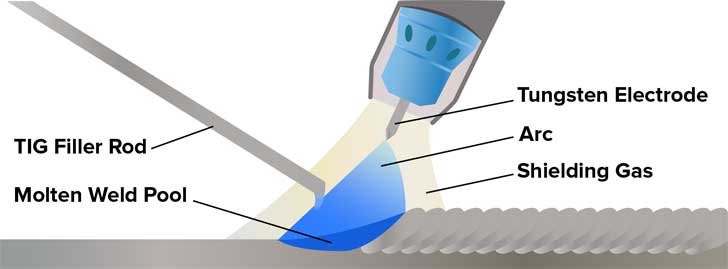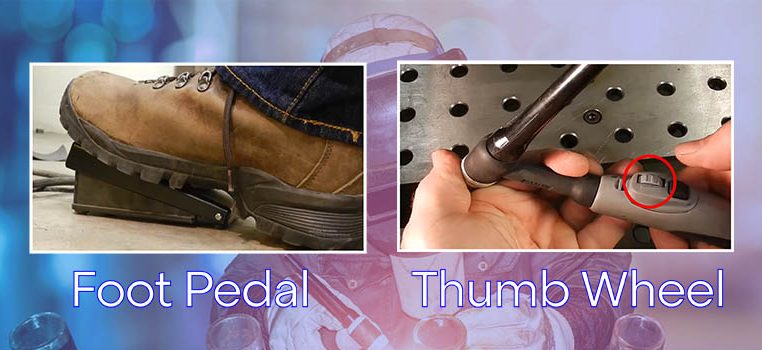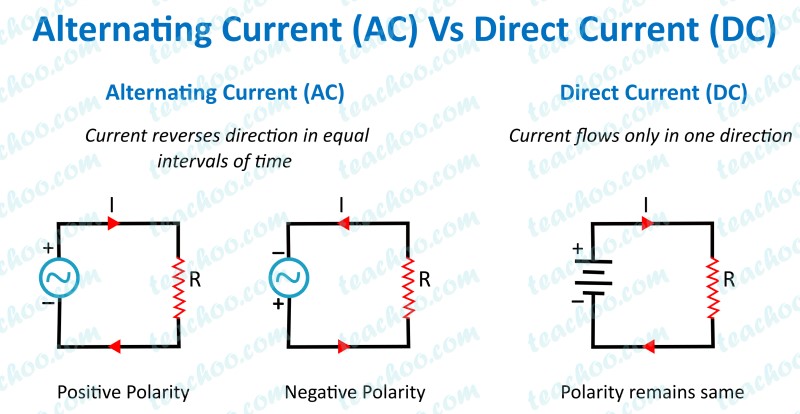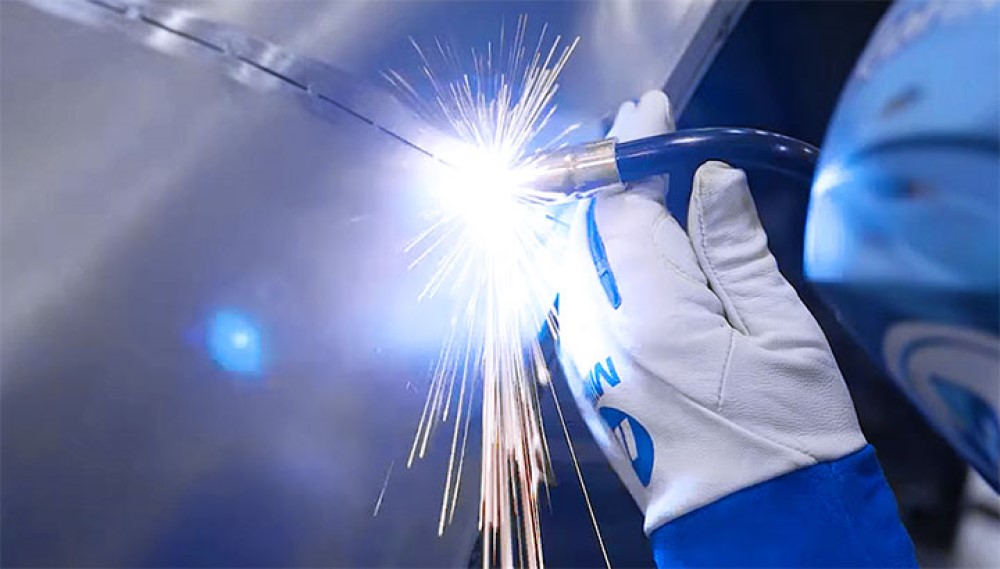When working with a thin metal, which might melt while you’re working with it, a lot can go wrong. So you need to find a suitable welding method as well as the best welding machine for you. And we find that the TIG welding machine for thin materials is one of the best options available. We will discuss the reasons for our assertions in this blog. Learn more by reading on!
Is the TIG welding method suitable for thin materials?
TIG welding is a great choice for thin materials because it allows for precise control of the weld. This type of welding uses a non-consumable tungsten electrode to produce the weld, and the welder can control the heat of the weld by adjusting the current. TIG welding also produces a high-quality, clean weld that is aesthetically pleasing and has a low level of distortion.
When TIG welding thin materials, it is important to use low heat and a low welding current. This will prevent the material from overheating and warping. It is also important to use a small diameter tungsten electrode and to keep the arc length as short as possible to minimize heat input.
Additionally, using a foot pedal or hand control to adjust the welding current can be helpful when welding thin materials, as it allows the welder to make fine adjustments to the heat of the weld.

What should you pay attention to when buying a TIG welding machine for thin materials?
If you are considering purchasing a TIG welding machine for thin materials, there are a few key features to look for:
1. High-frequency start
High-frequency start (HFS) is a feature found on some TIG welding machines that makes it easier to start the arc. In TIG welding, an electric arc is formed between the tungsten electrode and the workpiece to create the weld. Starting the arc can be challenging, especially when welding thin materials, as the arc can be difficult to initiate.
HFS uses a high-frequency electrical current to ionize the gas in the arc column, making it easier to start the arc. When the HFS switch is activated, the machine sends a high-frequency pulse through the tungsten electrode and the workpiece, creating a spark that ionizes the gas and forms the arc.
HFS is especially useful when welding thin materials because it allows the welder to start the arc without applying too much heat to the material. This can help prevent the material from melting or warping during the welding process.
2. Foot pedal or thumb control
A foot pedal or thumb control is a device that allows the welder to adjust the heat and current in a TIG welding machine while welding. It is a useful feature to have when welding thin materials because it allows the welder to fine-tune the weld to prevent overheating and warping.
A foot pedal is a small, pedal-like device that the welder operates with their foot. A thumb control is similar to a foot pedal, but it is operated with the welder’s thumb instead of their foot. It allows the welder to adjust the heat and current on the fly as they weld, giving them more control over the weld.
Both foot pedals and thumb controls are useful for welding thin materials because they allow the welder to adjust the heat and current to prevent the material from overheating and melting.

3. Adjustable balance control
The adjustable balance control, also known as the AC balance control, is a feature found on some TIG welding machines that allow the welder to adjust the proportion of filler metal to heat in the weld. It is a useful feature to have when welding thin materials because it can help prevent the material from melting too quickly.
In TIG welding, the welder adds filler metal to the weld by feeding a rod or wire into the weld pool as they weld. The balance control allows the welder to adjust the amount of filler metal being added relative to the heat being applied to the material. This can be useful when welding thin materials as it can help prevent the material from melting too quickly and warping or distorting.
4. Low amperage capability
A low amperage capability is a feature found on some TIG welding machines that allow the machine to operate at lower amperages. This can be useful when welding thin materials as it can help prevent the material from overheating and melting.
In TIG welding, the amperage, or current, flowing through the arc plays a major role in determining the heat of the weld. Higher amperages result in more heat being applied to the material, while lower amperages result in less heat.
When welding thin materials, it is important to use a low enough amperage to prevent the material from overheating and melting. If the amperage is too high, the material may melt and warp, resulting in a poor quality weld.
A TIG welding machine with a low amperage capability allows the welder to dial in a lower amperage to the weld, reducing the heat applied to the material and helping to prevent overheating and melting.
5. AC/DC capability
AC/DC capability refers to a TIG welding machine’s ability to produce an alternating current (AC) or a direct current (DC) electric arc. AC and DC refer to the type of current flowing through the arc.
AC welding is used primarily for welding aluminum and other non-ferrous metals. The AC arc is produced by alternating the polarity of the current flowing through the arc. This causes the arc to “wander,” or move back and forth across the weld joint, which helps to clean the surface of the material being welded.
DC welding, on the other hand, is used primarily for welding steel and other ferrous metals. The DC arc is produced by maintaining a constant polarity of the current flowing through the arc. This produces a stable arc that is well-suited for welding ferrous materials.
A TIG welding machine with AC/DC capability can produce both AC and DC arcs, making it versatile enough to weld a variety of materials. If you plan to weld aluminum or other non-ferrous materials, make sure the machine you are considering has AC capability.

Conclusion
Because hot arcs quickly deform or burn metal, welders may struggle with thin sheet metal. Even experienced welders occasionally have trouble joining thin materials. Therefore, TIG welding machine for thin materials is being interested.
Overall, TIG welding is a great choice for thin materials because it allows for precise control of the weld and produces high-quality, clean welds with low distortion. Weldfaq hope this information is helpful! Let us know if you have any other questions.

